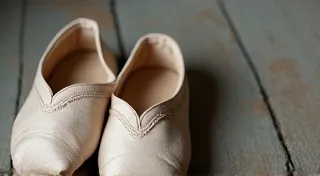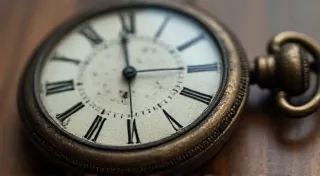Achromatic Dreams: Experimenting with Alternative Tuning Systems on Antique Accordions
There's a certain magic in holding an antique accordion. It’s more than just an instrument; it’s a vessel of history, a whisper from a bygone era where craftsmanship reigned supreme and music spoke a more direct language. Each key, each reed, each intricately carved button tells a story—a story of the maker, the player, and the countless melodies that once flowed through its bellows. I’d spend hours as a child just tracing the swirls of mother-of-pearl inlay on my grandfather’s Hohner, imagining the bustling dance halls and lively festivals it had witnessed. It wasn't about playing perfectly; it was about feeling the connection to something older, something enduring.
The act of restoring these instruments isn’t simply a repair; it’s a form of respectful archaeology. We’re uncovering stories, preserving legacies, and, occasionally, challenging the assumptions we have about how these instruments were meant to be played. One of the most fascinating, and sometimes unsettling, avenues of exploration within accordion restoration is the possibility of re-tuning—of moving beyond the standardized temperaments we’re accustomed to and delving into the world of alternative tuning systems.
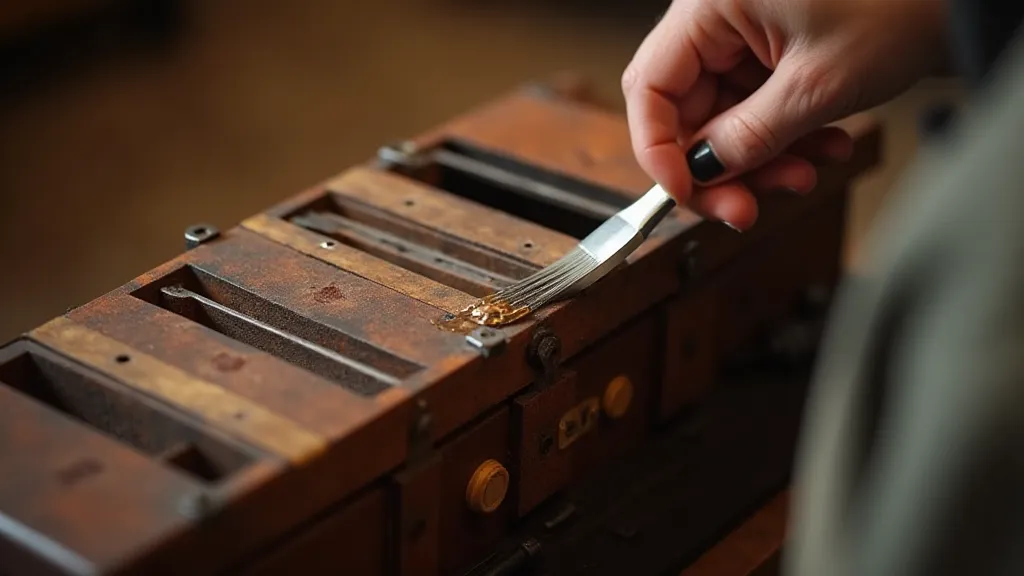
Beyond Equal Temperament: A Brief History
The standard equal temperament tuning system—the one most of us consider "normal"—is a relatively modern invention. While iterations of it existed earlier, its widespread adoption solidified in the 19th century. Before that, music was often tuned using systems like just intonation (based on pure musical intervals derived from the harmonic series) and various meantone temperaments. These systems created incredibly beautiful and resonant sounds within certain keys but resulted in dissonance and instability in others. Think of it like this: equal temperament smooths out the rough edges to allow for greater flexibility in composing and playing in all keys, but it sacrifices some of the inherent sonic richness. The subtle nuances of the instrument's response, the way certain intervals "sing" more intensely in one system versus another – these are all lost in the pursuit of universality.
Historically, accordions, especially those built prior to the widespread adoption of equal temperament, were often tuned to systems reflecting the musical preferences and compositional practices of the time. The craftsmanship involved in these instruments often reflects this, with intricate carvings and designs meant to enhance the sonic quality and visual appeal – a testament to the care taken by the maker, sometimes leaving subtle, almost secret markings. You can sometimes uncover more about the instrument’s history by examining these, a skill discussed in detail in "The Conservatory's Secret: Discovering Unseen Markings on Antique Accordions". Imagine a musician in 18th-century Vienna, composing for a court orchestra, using a meantone temperament that emphasized the pure, luminous tones of certain keys – it's a vastly different musical landscape than the one we navigate today.
The Temptation to Retune: A Delicate Balance
The idea of re-tuning an antique accordion to a historical temperament is undeniably alluring. It’s a chance to hear these instruments as they *might* have sounded centuries ago, to unlock musical possibilities that have been obscured by the homogenizing effect of equal temperament. However, it’s a path fraught with ethical and practical considerations. Tampering with an instrument’s original tuning is a significant alteration. We're not just changing notes; we're changing the *character* of the instrument, potentially diminishing its historical value. There’s a deep sense of responsibility that comes with restoring an antique; it’s about preservation, not arbitrary experimentation. The very breath that flows through the bellows, the physical interaction between the player and the instrument – all contribute to the unique experience, an alchemy explored further in "Bellows of Breath: The Alchemy of Air and Music".
Furthermore, re-tuning isn’t a simple matter of adjusting a few keys. Accordions, especially older models, are often mechanically constrained. The reed blocks, the layout of the keys, and the overall design were all predicated on the original tuning system. Trying to force a different temperament onto an instrument that wasn’t designed for it can lead to mechanical stress, reed instability, and a generally unpleasant playing experience. Each button, each key, whispers its own story, revealing clues about the instrument’s original intent. Unlocking the language of these components is a fascinating process, as described in "The Button's Whisper: Decoding the Language of Antique Accordion Keys".
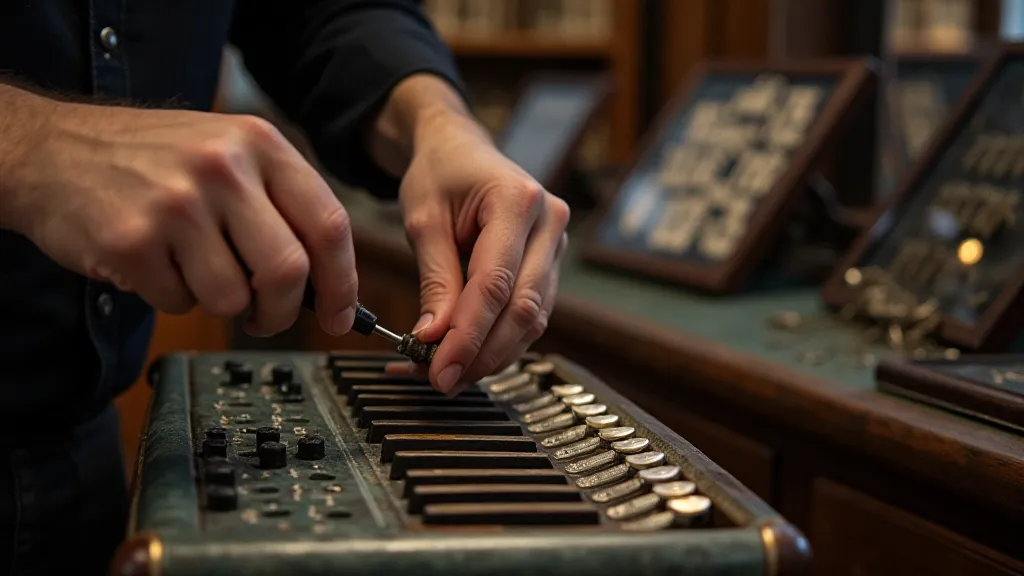
My First Experiment: A Meantone Exploration
Despite the risks and reservations, the urge to explore was too strong to ignore. I acquired a modest, early 20th-century German accordion – a solid instrument but not considered exceptionally rare or valuable – and decided to experiment with a meantone temperament. The process was painstaking. It involved carefully mapping out the theoretical intervals of the meantone system, then painstakingly adjusting the tuning pegs of each reed. It took weeks of tweaking and re-tweaking, constantly listening and evaluating the results. The subtle differences between each note required an incredibly sensitive ear and a deep understanding of acoustic principles.
The initial experience was… jarring. The familiar landscape of Western music suddenly felt alien. Chords that were once pleasing became dissonant, while others resonated with a haunting beauty I had never encountered before. The instrument felt “wrong” at first, like I was playing it backwards. But slowly, as I became more familiar with the new tuning, a whole new world of musical expression opened up. The accordion seemed to breathe differently, its voice imbued with a deeper, more complex emotional depth. The craftsman's meticulous attention to detail, the careful selection of materials – all these elements contributed to the instrument’s unique character, a character that is often enhanced by the chosen tuning system.
I began improvising melodies, exploring harmonies that would have been unthinkable in an equal temperament setting. The music felt ancient, connected to a lineage of composers and players who had embraced the rich complexities of meantone tuning. I even began to understand the limitations and the strengths of the temperament – how it encouraged a more selective approach to harmony, a greater awareness of the subtle nuances of timbre. It forced a reimagining of established musical conventions, a willingness to embrace the unfamiliar, and a deeper appreciation for the power of restraint.
Beyond the Technical: The Emotional Resonance
The re-tuning project was more than just a technical exercise; it was an emotional journey. It deepened my appreciation for the ingenuity of early accordion makers, for the composers who wrestled with the challenges of non-standard temperaments, and for the musicians who embraced the unique sonic landscapes they created. It highlighted the vital connection between the instrument, the music, and the cultural context in which it was created. It underscored the fact that music isn't just about the notes themselves; it's about the *feeling* those notes evoke. The dedicated individuals who collect and preserve these instruments often possess a profound understanding of their historical significance, as showcased in "The Collector's Vigil: Preserving the Legacy of Forgotten Accordion Makers".
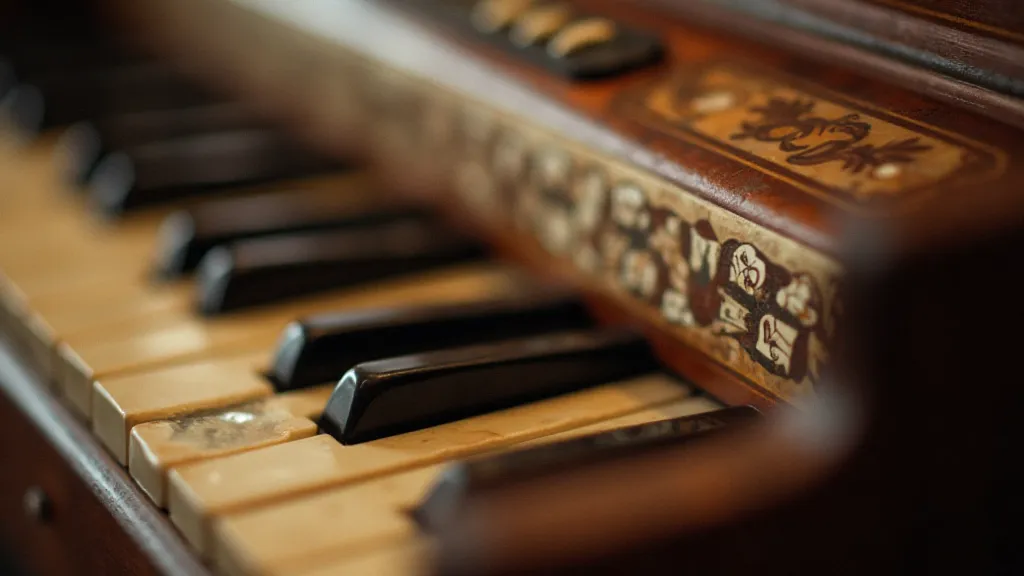
A Thoughtful Approach to Restoration
My experience with re-tuning that antique accordion taught me a profound lesson about the responsibility that comes with restoring vintage instruments. It reinforced the importance of careful consideration, meticulous research, and a deep respect for the instrument's history. While experimentation can be a valuable tool for understanding and appreciating these treasures, it should always be approached with humility and a commitment to preserving their essence. The resonance of the instrument, the quality of the sound – all these aspects are interconnected and depend on the careful preservation of its original character. Perhaps, the true restoration isn’t simply about fixing what’s broken, but about understanding the story the instrument holds and ensuring its voice continues to resonate for generations to come. The legacy of these instruments, the echoes of the past – they are precious and deserve to be cherished.

